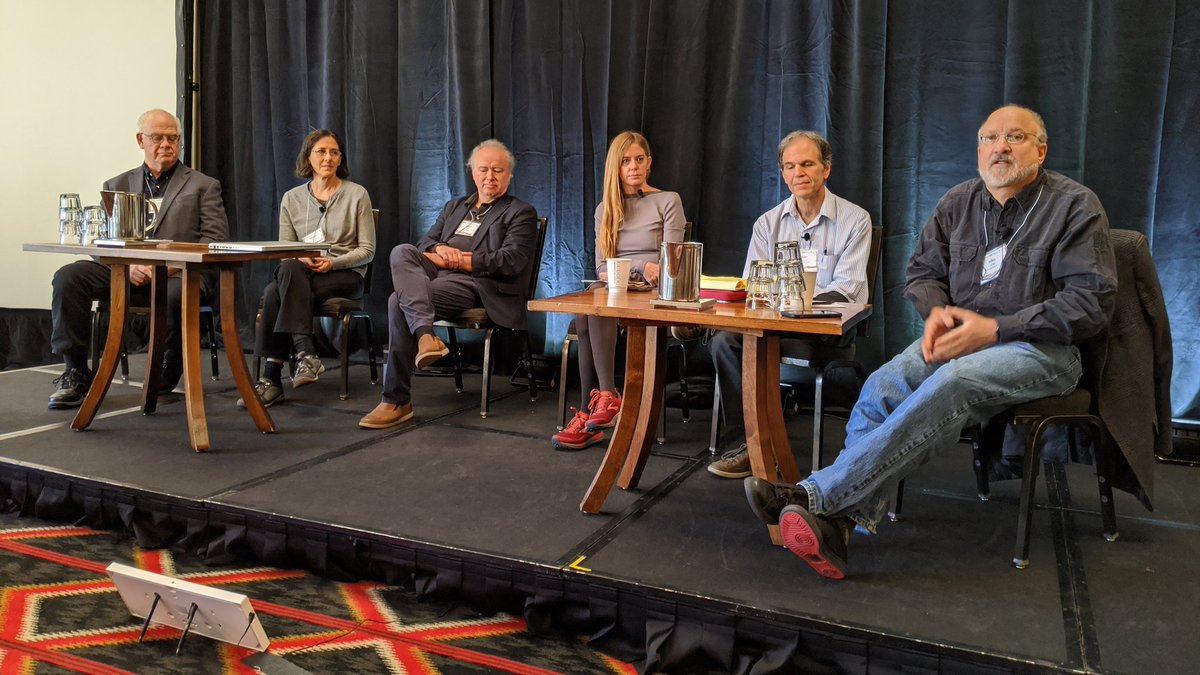If every dollar of credit creates a larger obligation (repayment of principle which is a 100% claim on that dollar PLUS interest for which the loan did not provide any money). In addition, there are "leakages" where money escapes the credit system and is held elsewhere. ++
Thus, there is never enough money to repay the credit issued. They only way to prevent a systemic shutdown is to issue more credit. Periodically the system does break down, the credit "bubble" bursts, and we have a recession (or worse). ++
So what we have is a system where the amount of goods and services consumed is limited by credit (the amount of money available). Thus the economy rarely operates near potential. There are always unemployed people and at least some unused resources. ++
An alternative limit for the economy: the amount of money could be limited by the production of goods and services. Then there would never be significant unemployment and the physical resources available would be used to the extent that the population could consume them. ++
How would such a hypothetical system work? I have never seen anyone explain the nitty-gritty mechanics. And there is the essence of the "sticky wicket".
What we have is an economy limited by the amount of money - controlled by a few (called bankers). ++
An alternative would be an economy controlled by the producers of goods and services (the many). The problem with the system we have is that bankers abuse their position of control for their own extractive enrichment. ++
The problem with the alternative system (amount of money limited by production) is that processes would be politically controlled, and we would be substituting one type of abuse (by bankers) with another potential corruption (by politicians). ++
Not to trivialize, but it could be said that we need a new kind of invisible hand to replace the one that has been derived from Adam Smith.
-End-







